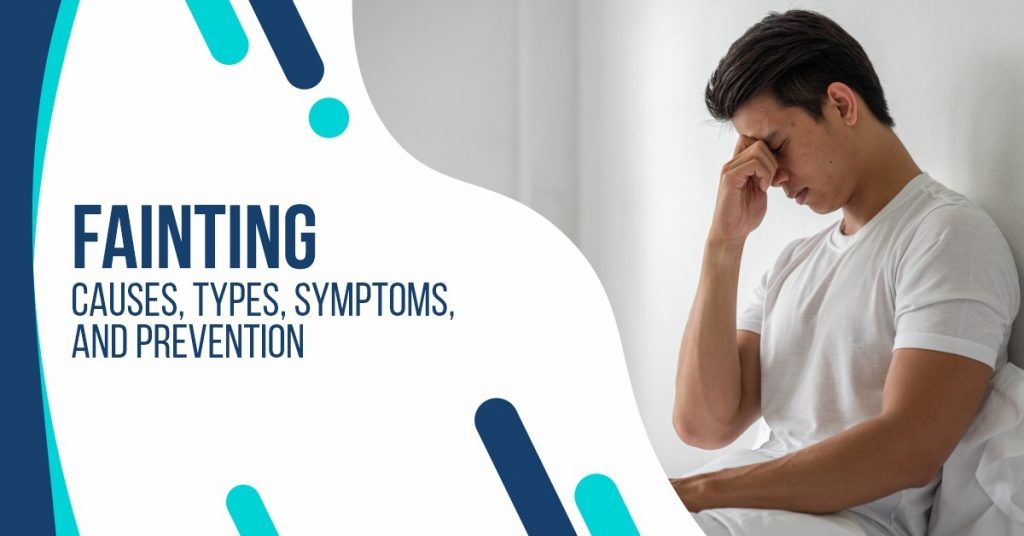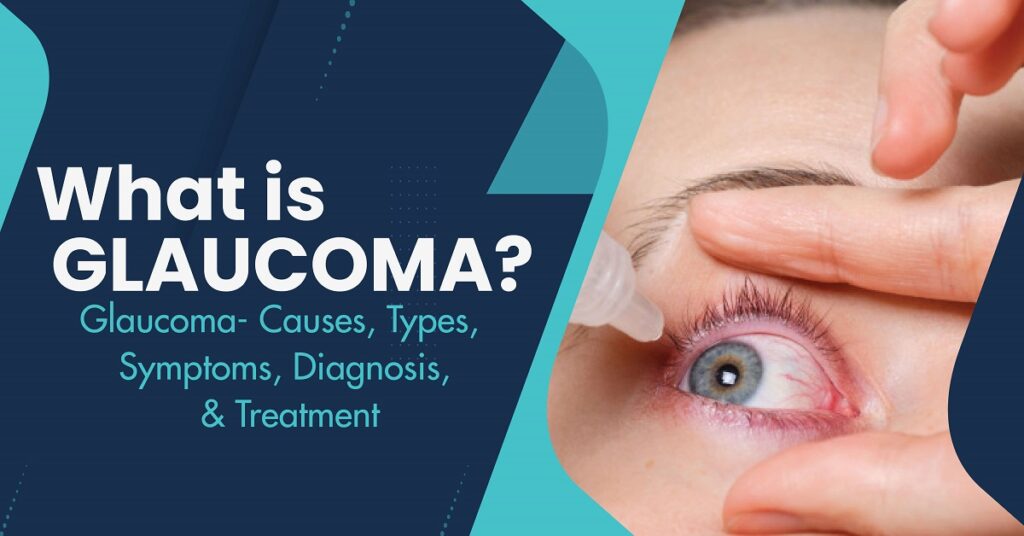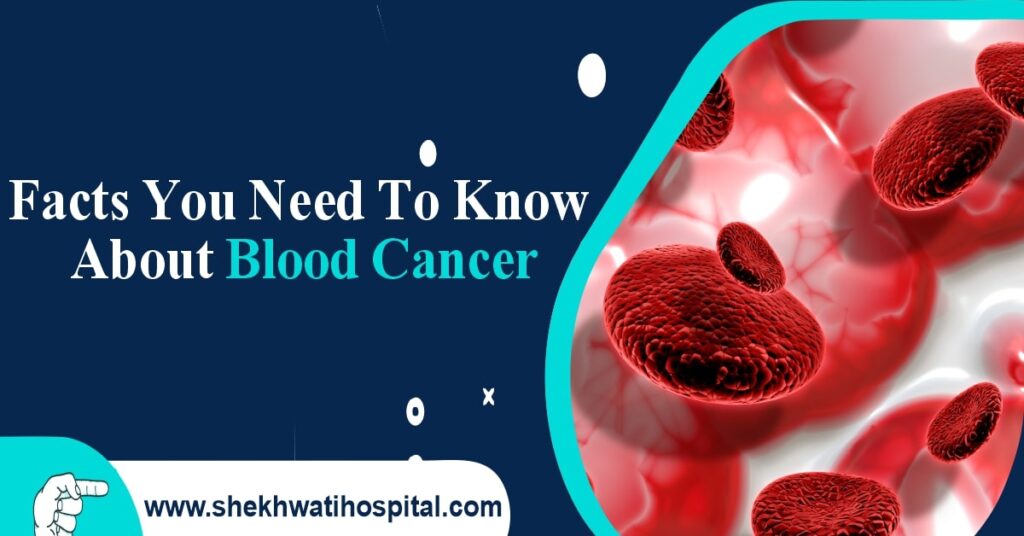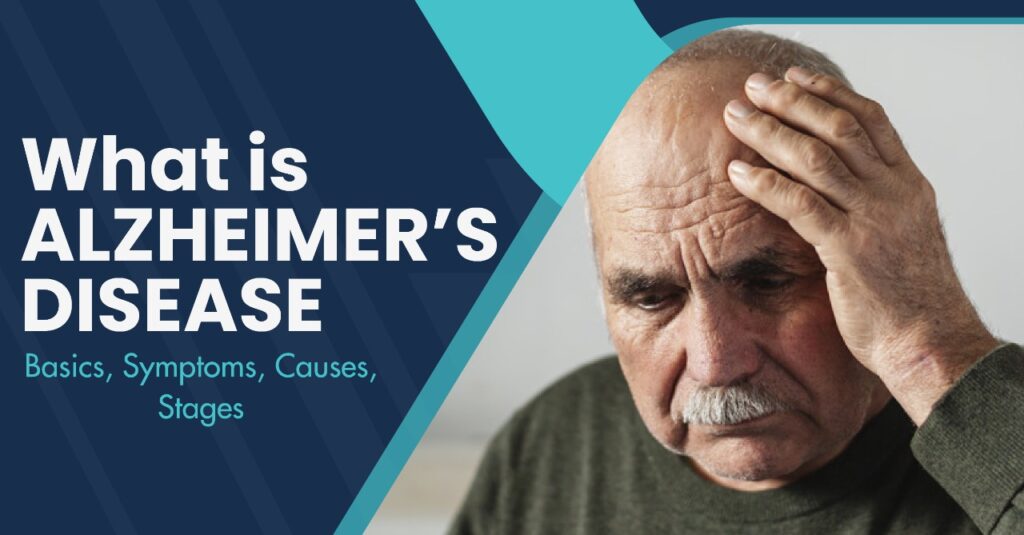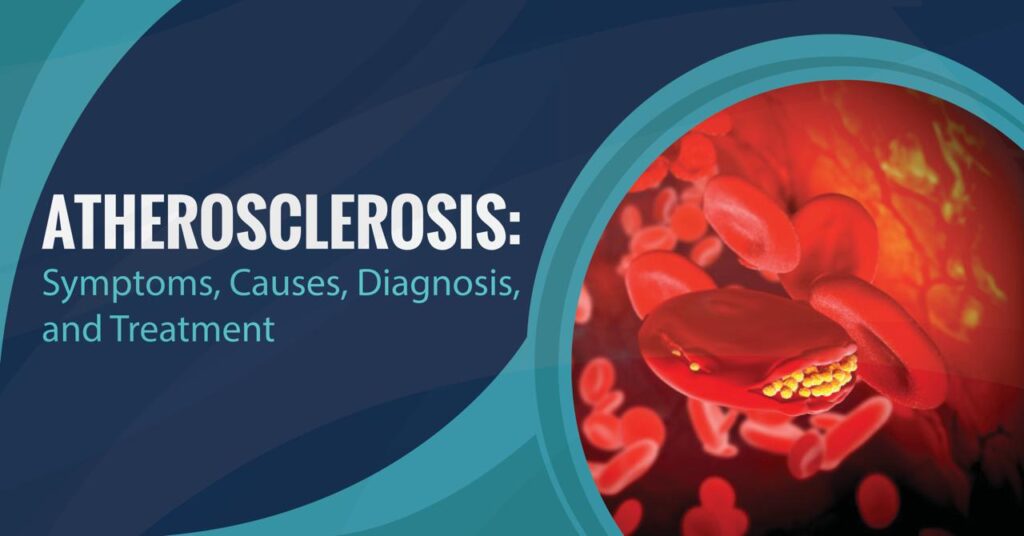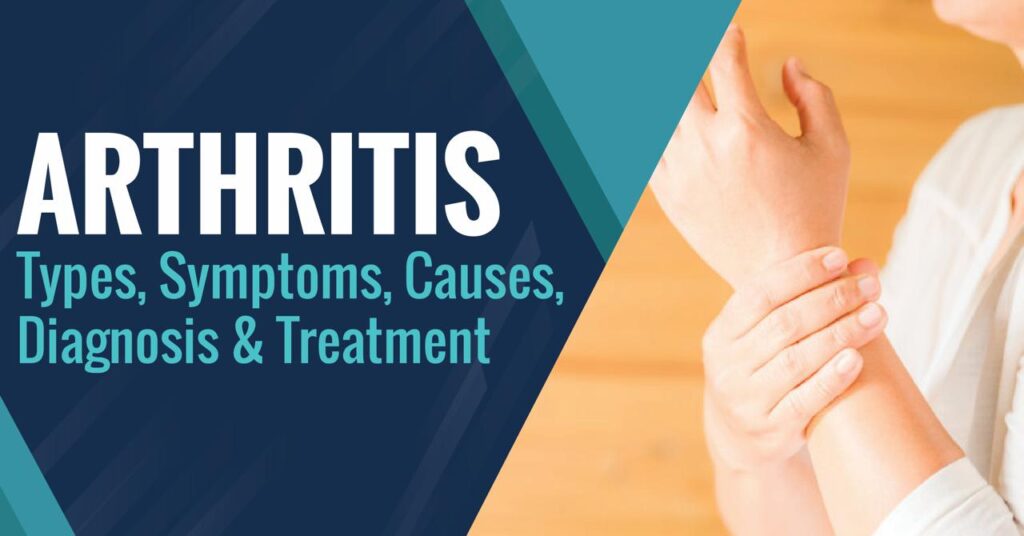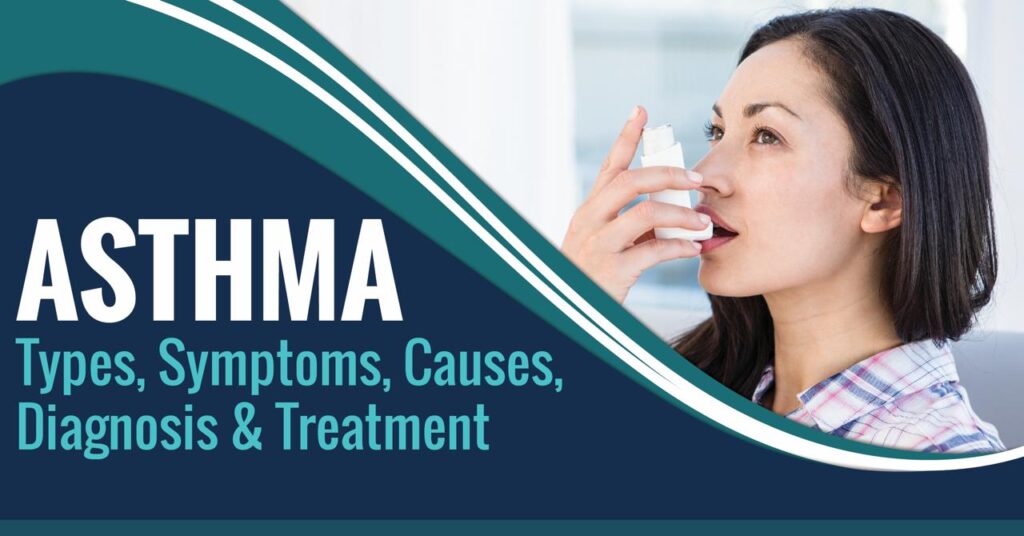What Is Fainting?
When your brain is not supplied with enough oxygen, you experience a temporary loss of consciousness. It comes on suddenly, lasts for a short time, and you quickly recover. It’s also sometimes referred to as a blackout.
In medicine, syncope is referred to as a temporary disturbance of consciousness. It is not jerking like a seizure. Fainting may be caused by a serious problem. If you experience fainting, seek medical assistance.
In general, this is very uncommon, unless you are older or if it occurs when you are lying down or when exercising.
If you faint, you become unconscious for a few seconds. It’s also called blacking out or passing out. The medical term for fainting is synchronicity. You may feel sick or sweaty before you faint or you may faint suddenly.
In a passing out you fall to the ground. This is not the same as a seizure when you jerk. You feel normal again after a few seconds. Some people feel really tired after waking up. A person usually faints due to some reason, such as being in pain or standing for an extended period in a hot place.
When the brain’s oxygen levels fall below a certain level, we faint because more oxygen-rich blood reaches the brain easier.
Types of Fainting:
Syncope occurs in several forms, including these three:
- Vasovagal syncope: The vagus nerve can trigger vasovagal syncope. This type of syncope can result from psychological trauma, stress, the sight of blood, or standing upright for a long time.
- Carotid sinus syncope: Constriction of the carotid artery in the neck happens when the person turns their head to one side or wears a collar that is too tight.
- Situational syncope: The strain may be caused by coughing, urinating, moving your bowels, or experiencing digestive issues.
Causes of Fainting:
Several things can cause you to faint, including:
Common faint (NMS): A common cause of fainting is vasovagal syncope, which can occur in many different situations. These include:
- Fear.
- Severe emotional distress or pain.
- After extreme exercise.
- This can happen if a person stands for a long period in a hot place (hence why soldiers on parade may faint).
- If you wear a collar that constricts your neck.
You might feel sweaty and appear pale during attacks. Your eyes will probably stay open.
Orthostatic hypotension: Upon standing up, the blood pressure drops, causing fainting. It can occur for several reasons:
- Blood pressure was lowered by medication.
- The body lacks fluid when it is sick (vomiting) when it is experiencing diarrhea (diarrhea), or for any other reason (for example, being dehydrated).
- Parkinson’s disease and peripheral neuropathy, for example, can lead to peripheral neuropathy.
- After a big meal.
Cardiac syncope: The fainting usually occurs as a result of an underlying heart condition. There may be a family history of sudden death. Chest pain or feeling of a thumping heart (palpitations) may precede the fainting. It can occur during exercise as well.
What are the Symptoms of Fainting?
The symptoms of faintness include:
- Dizziness
- Light-headedness
- A pale face
- Perspiration
- Heightened anxiety and restlessness
- Nausea
- Collapse
- Unconsciousness, for a few seconds
- Full recovery after a few minutes.
Fainting might be a way for your body to tell you that something is wrong. Further examination is sometimes needed when a collapse is caused by a stroke or abnormal heart rhythm.
Similarly, slurred speech, facial droop, or weakness in any limb are signs of a serious condition. If a person complains of breathlessness, chest pains, or palpitations, or if their pulse is unusually fast or slow, they need to see a doctor.
Prevention of Fainting:
Here are some steps you can take if you think you’re going to faint:
- Be careful when moving and change positions very slowly when feeling faint. When lying down, lift your legs slightly above your head. If you feel faint, raise your legs slightly above your head.
- It is also helpful if you sit up with your head between your knees. Though this position does not help blood reach the brain as much as lying down, it can help you feel better if you slowly adjust to an upright position.
- Don’t let yourself get dehydrated by not drinking enough liquids during the day. During exercise and in warm weather, drink plenty of fluids.
- Make sure your blood is flowing. If you have to stand or sit for a long time, take frequent breaks and get up and move around. You can also occasionally cross your legs or tense the muscles in your legs.
- When possible, stay away from overly hot, stuffy, or cramped conditions.
How is Fainting diagnosed?
A physical examination is usually the first step in diagnosing vasovagal syncope. During this check-up, your doctor will listen to your heart and measure your blood pressure.
You might also feel faint if the practitioner massages your neck’s main arteries.
In addition, your doctor may recommend several tests to make sure that the cause of your fainting is not something else – such as a heart problem. These tests may include:
- Electrocardiogram: You may be required to wear a portable heart monitor for as long as a month to record the electrical signals your heart produces. It can detect irregular heartbeats and other cardiac problems.
- Echocardiogram: With ultrasound imaging, the heart is viewed and conditions such as valve problems, which can cause fainting, are checked for.
- Exercise stress test: Exercise is usually conducted on a treadmill or while walking. During this test, your heart rhythms are recorded.
- Blood Tests: There are certain conditions, including anemia, that can cause or contribute to fainting spells.
- Tilt table test: A tilt table test is recommended if your fainting seems unrelated to heart problems. You lie on your back on a table that changes positions, tilting you upward at various angles while lying flat. While undergoing this test, a technician will monitor your blood pressure and heart rate to determine if the posture changes can affect them.
You can also read: CIRRHOSIS: CAUSES, SYMPTOMS, PREVENTION & TREATMENT
Treatment of fainting:
Fainting is not normal, even if the cause isn’t serious. If the person isn’t breathing or has no pulse, have a bystander start CPR. If an AED is accessible, contact urgent care or the emergency department.
If a fainting episode is caused by an underlying health condition, treatment will be needed. This will help prevent further fainting episodes. Sometimes, however, no further treatment is required.
It is recommended that people avoid triggers, such as long periods of standing still, dehydration, and excessive heat exposure, to prevent future fainting episodes.
During medical procedures that involve injections or blood, a patient should notify their physician if fainting is a result of the sight or contemplation of this. Once the individual is lying down, a nurse or doctor can proceed with the procedure while ensuring that they are in a safe position.
A person may benefit from beta-blockers if neurocardiogenic syncope interferes with their quality of life. Beta-blockers are primarily used to treat high blood pressure.
Beta-blockers, however, can be associated with fatigue, cold hands and feet, a slow pulse and heartbeat, nausea, and diarrhea.


